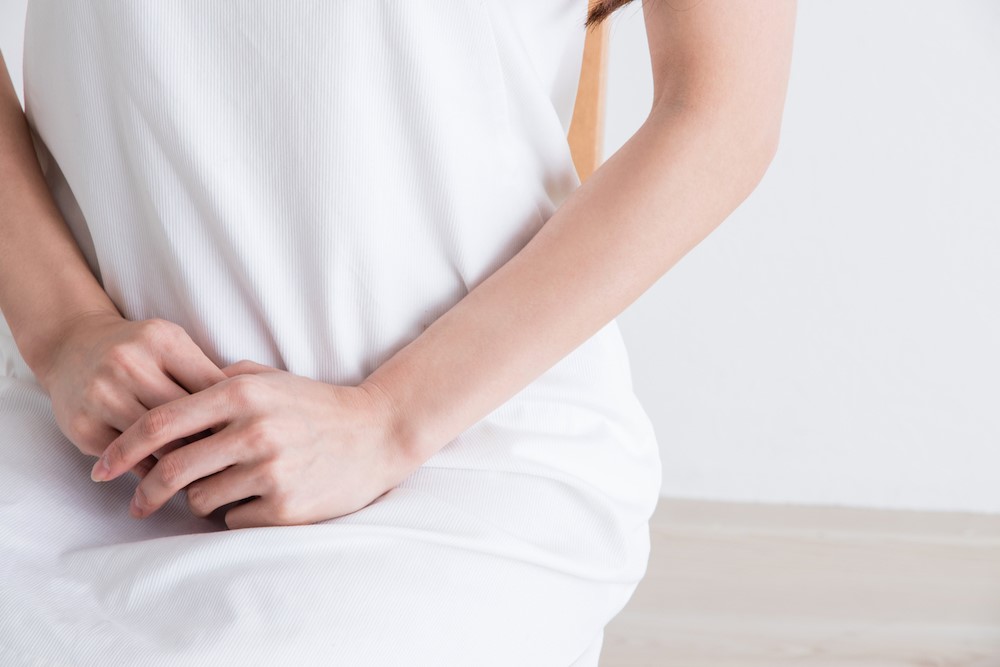 Natural deliveries of multiple babies is the major cause of incontinence.
Natural deliveries of multiple babies is the major cause of incontinence.
The pelvic floor muscle is overstretched thus it is unable to contract properly and prevent leakage.
Types of incontinence:
- Stress incontinence: leakage during coughing, sneezing, laughing, jumping, lifting
- Urge incontinence: leakage during a trigger such as the sound of running water, getting into the elevator, opening house’s door
- Runner’s incontinence: leakage during running
- Weight lifter’s incontinence: leakage during heavy weight lifting training
On the first session, our physiotherapist would treat and monitor incontinence by performing:
- Fluid intake diary/ Bladder output diary
- Manual testing of pelvic floor muscles: to check for strength and asymmetry
- Biofeedback machine: to determine the exact strength of pelvic floor muscles
- Electric stimulation: to strengthen the pelvic floor muscles
- Post electric stimulation Biofeedback machine: to reassess the pelvic floor muscles strength
- Abdominal separation assessment: to determine the severity of abdominal separation
On following sessions:
- List of bladder irritating food and fluid to avoid
- Biofeedback machine: to determine the exact strength of pelvic floor muscles
- Electric stimulation: to strengthen the pelvic floor muscles
- Post electric stimulation Biofeedback machine: to reassess the pelvic floor muscles strength
- Kegel exercise
- Incontinence incident diary
- Pelvic floor muscle educator
The parameter of the electric stimulation and the type of kegel exercise depends on the type incontinence.
If you have any questions, or would like more information, please contact us.
Contact Details:
Telephone:+632 8 633 6410 / +632 5 304 7971
WhatsApp: 956 914 8260
Email: appt@sportsandspinal.ph
